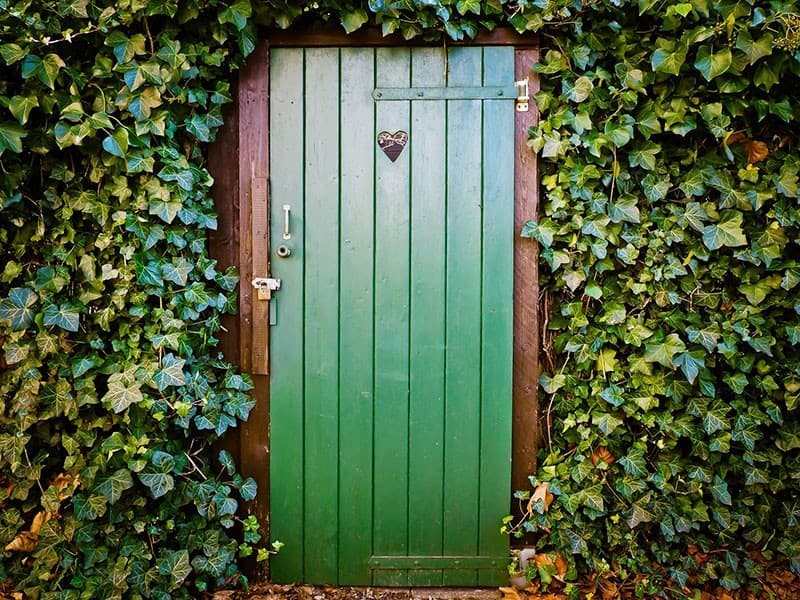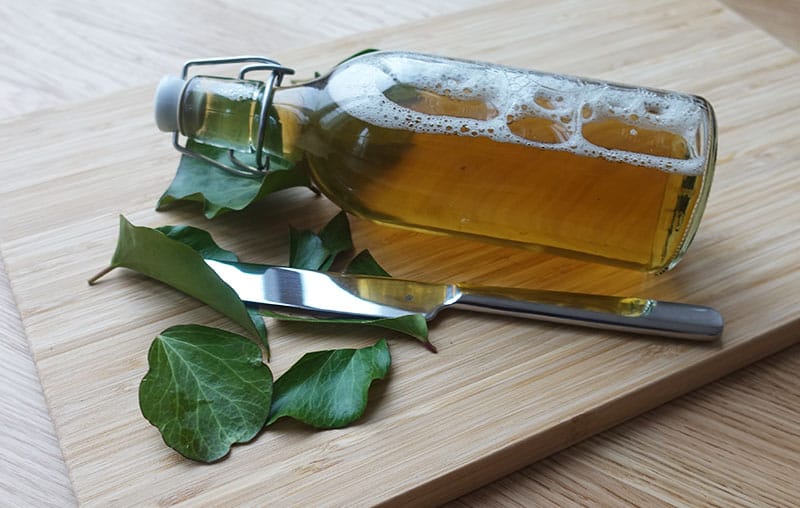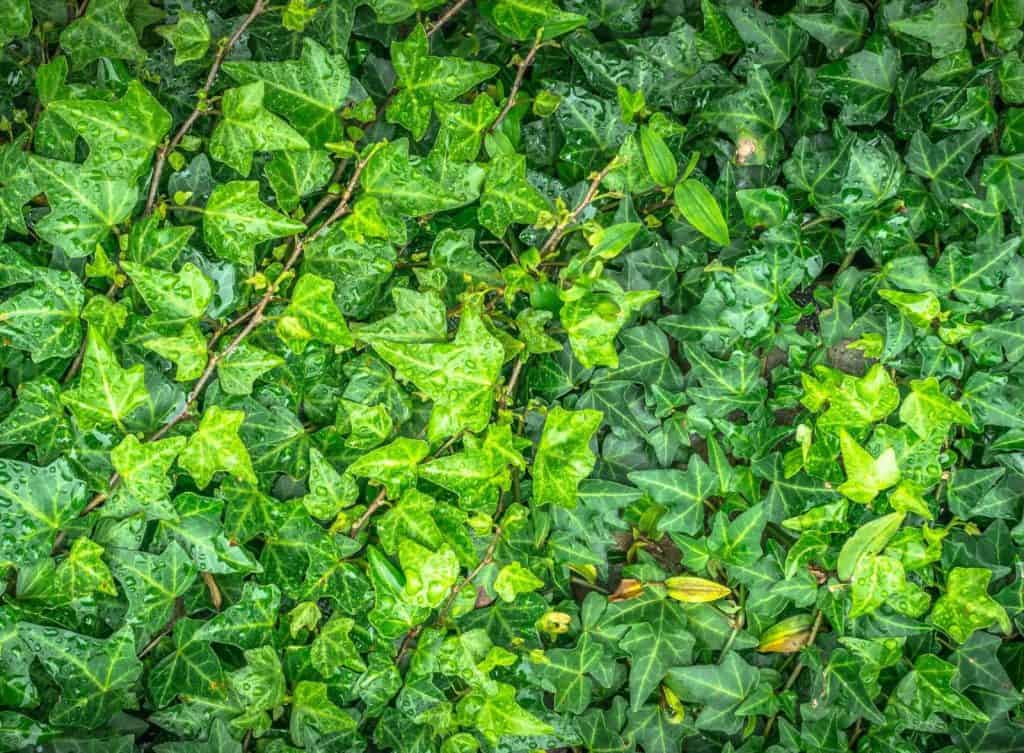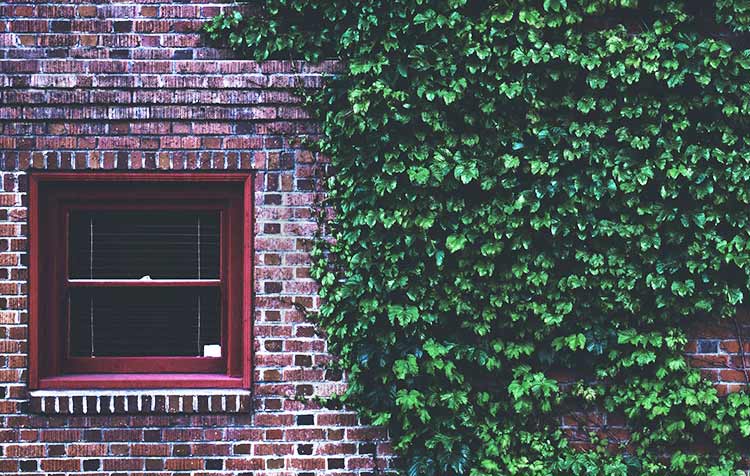Can you really make your own dishwashing liquid from ivy? Yes, this actually works. And already many people have learned how to get their Make dishwashing liquid yourself can. Since ivy really grows almost on every corner and even in winter, it is not at all difficult to locate the plant near your home. In addition, the ivy dishwashing can be much Save money and unnecessary Avoid plastic waste.
Why ivy is such a great ingredient for homemade dishwashing liquid and how exactly you go about making it, you'll find out now in this article.
Notice: There are different types of ivy that may be poisonous. Please make sure that your dishes are always rinsed again with water. For the use of ivy as a dishwashing detergent, I don't think there is any reason to worry - conventional dishwashing detergents are also toxic.
Why a dishwashing liquid from ivy?

There are many good reasons why for a long time I no longer get my dishwashing liquid in the traditional way in the supermarket, but make it myself from ivy leaves. With the following advantages of the ivy dishwashing liquid I would like to suggest you here first of all to try it also simply once.
- Ideal ingredients: The leaves of the ivy contain so-called saponins, which ensure that our homemade dishwashing liquid also foams nicely later on. In addition, the substances of the plant have a fat-dissolving effect - a perfect property for a natural dishwashing detergent.
- Cheap alternative: Those who do not make their dishwashing liquid from ivy may regularly resort to the unnecessarily expensive remedy from the supermarket. This is not only very chemical and leaves garbage, but also costs money. To save your wallet, you can easily make your own dishwashing liquid from ivy.
- Healthy & Natural: The classic dishwashing liquid from the bottle is unfortunately also very chemical and can cause skin irritations and other health problems. So while conventional means from the supermarket are mostly real chemical cocktails, the Ivy dishwashing liquid 100% is natural. Since we make it ourselves, we can also be 100% sure about that.
- Garbage free: Completely in the sense of the Zero Waste Lifestyle, we save with our dishwashing detergent, in addition to a lot of money, a lot of waste. Another clear advantage of the self-produced dishwashing detergent also ivy. Because it is estimated that on average we use about 24 bottles of dishwashing liquid a year - that's a whole yellow bag full of disposable plastic bottles.
- Quick to produce: Another great advantage of the dishwashing liquid from ivy is the short-term, quick and easy preparation. Pick a few fresh ivy leaves, cut, boil and then just leave for a short time. Since ivy leaves are usually located somewhere near your home, it really doesn't take long to find them either. Just look on trees and walls of houses - if you consciously look for it, you will notice how common the plant actually is.
The beauty of ivy is that it grows even in winter and it is even much easier to find it at this cold time of year. How you can now make your own dishwashing liquid from ivy, you will learn in the following paragraph.
Dishwashing liquid make your own from ivy

Fortunately, for the ivy dishwashing liquid you don't need anything other than 6-8 ivy leaves and water. That's all - sounds simple enough, doesn't it? The production is also uncomplicated and done within a very short time. Simply proceed as follows:
- Search ivy leaves: Grab some ivy leaves and remember the place where the plant grows to get ivy there in the future.
- Clean ivy: Briefly wash the ivy leaves a little clean, so that there are no more foreign substances on them and the dishwashing liquid also becomes maximally natural.
- Cut ivy: You can use a knife to cut all the leaves into small pieces - I always use about 1-2 cm pieces of ivy.
- Boil water + add leaves:Then you just boil about half a liter of water in the saucepan and add the cut ivy leaves.
- Allow to cool: After 5 minutes, you can turn off the heat and let the now greenish liquid get colder. I always just wait 15 minutes, then the liquid is cold enough to venture into the final step of making.
- Sieving & decanting: Now you can just get yourself a strainer and a Stainless steel funnel and filter out the larger leaf parts when decanting the liquid. A bottle with a swing top always looks good for storing the dishwashing liquid made from ivy later - but that's up to you, of course.
The detergent is now ready and when it has cooled down, you can simply shake it vigorously once. If it foams now, you have done everything right and the agent is ready for use at the sink.
Application of the washing up liquid from ivy
You can basically use the washing-up liquid, like any conventional washing-up liquid. I might add a splash more than I used to with conventional washing-up liquid.
I also clean my dishes with Sink brushes from wood. This way I stay plastic-free and 100 percent natural even when washing up. Now if only the Water consumption reduced to a minimum rinsing is basically no more sustainable.
The homemade dishwashing liquid from ivy

As you can see, the production and use of ivy dishwashing liquid is not complicated. The ivy leaves are quickly found, cut and boiled. An ideal alternative to the chemical dishwashing liquid from the plastic bottle, right? I couldn't help but write an article about it for our DIY Household Blog to write.
Why not try it out and make your own dishwashing liquid from ivy at home. You'll see that it will lighten your wallet and reduce your waste. Feel free to recommend it to others so that in the future even more people will use a natural, wonderfully working and in a short time homemade dishwashing detergent from ivy. Have fun!
Do you have any questions, tips or your own experiences with Ivy Rinse Aid that you would like to share? Then feel free to leave a comment below this article.
Stay clean,

PS: In my DIY Blog you can learn many more things. Take a look directly at how you can also improve your Make oven cleaner yourself simply by following your heart.






Hello Christoph,
The P-seminar of my school is creating a homework booklet around the topic of plastic and its prevention.
So I wanted to ask if we could use the recipes from your blog.
Thanks in advance!
Hi Emma! Thank you for the feedback. You are very welcome to use the recipes. Good luck and best regards, Christoph
What is the shelf life of the detergent?
Hi Annika! Definitely more than a month - I haven't tried it for longer yet 😉
Best regards
Christoph
Hello Christoph,
is the mixture also suitable for the dishwasher?
Hi Rafael! I have not tried it yet. That is also difficult, since the ivy rinsing agent is liquid. Does anyone else have an idea or experience with it?
Thank you and best regards,
Christoph
Hello! That's a great idea, which I will try out soon. In the garden I have enough ivy, which will probably be cut a little more in the future. Great thing!
Hi Ulli! Thanks for your feedback on the Ivy Rinse. Give it a try, it works flawlessly.
Best regards
Christoph
You might want to replace the first picture with the cherry laurel, otherwise all readers will try it. A reference to the possible contact allergy with the actually poisonous ivy would also be recommended - simply for the sake of completeness and correctness.
Hi Michaela! Thank you for the tips! I completely agree with you and have adjusted everything 🙂
Many greetings
Christoph
Ivy is toxic, after all. I wouldn't use that for washing dishes that come in contact with food.
Hi, and conventional washing-up liquid isn't toxic? 😉 If you wash everything off and dry it, then you don't need to worry. Not even with washing-up liquid made from ivy.
Many greetings
Christoph
Comments are closed.